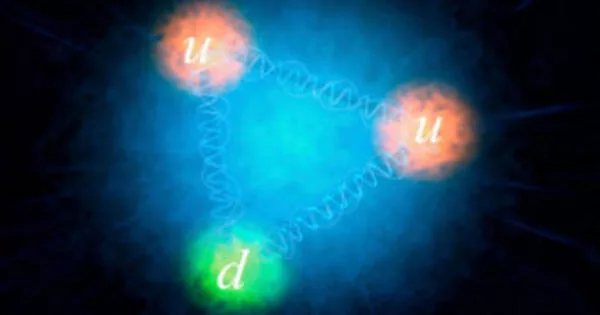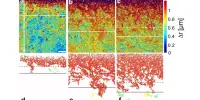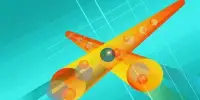Physicists describe particle interactions using quantum field theory mathematics, in which forces are carried by intermediate particles known as bosons. Photons, for example, are electromagnetic force bosons. The only mathematically consistent theory in 1964 required bosons to be massless. Nonetheless, experiments revealed that the carriers of the weak nuclear interaction, the W and Z bosons, had large masses. To solve this problem, three teams of theorists independently proposed a solution now known as the Brout-Englert-Higgs (BEH) mechanism: Robert Brout and François Englert; Peter Higgs; Gerald Guralnik, Carl Hagen, and Tom Kibble.
Around 270 WWW events, trios of particles called W bosons, appeared in an experiment at the world’s largest particle collider, researchers report in the Aug. 5 Physical Review Letters. By measuring how often W boson triplets appear in such experiments, physicists can check their foundational theory of particle physics — the standard model — for any cracks.
In the new study, the probability of a WWW appearance was slightly higher than predicted by the standard model, the team found, though not enough for scientists to declare the theory flawed. We need to accumulate more data to see how this evolves.
Andreas Hoecker
To produce the rare boson triplets, scientists smashed protons together at the ATLAS experiment at the Large Hadron Collider, or LHC, near Geneva. W bosons are particles that transmit the weak force, which is responsible for certain types of radioactive decay. The particles are mysterious: In April, researchers with the now-concluded CDF experiment at Fermilab in Batavia, Ill., reported that the W boson was more massive than predicted, hinting that something may be amiss with the standard model.
In the new study, the probability of a WWW appearance was slightly higher than predicted by the standard model, the team found, though not enough for scientists to declare the theory flawed. “We need to accumulate more data to see how this evolves,” says ATLAS spokesperson and physicist Andreas Hoecker of CERN, the particle physics lab that is the home of the LHC.

Those proton collisions, which reached an energy of 13 trillion electron volts, occurred before the LHC shut down for upgrades in 2018. In July, the LHC restarted at a higher energy of 13.6 trillion electron volts. New data could help nail down whether these threes of a kind really do misbehave. The WWW discovery is fitting — in 1989, computer scientist Tim Berners-Lee invented the World Wide Web while working at CERN.
Because its properties and even the number of distinct types of Higgs boson are predicted to differ in different theoretical models, the discovery of the Higgs boson has opened up new avenues in the search for new physics phenomena. For example, supersymmetry predicts the existence of at least five different types of Higgs bosons. Many theories predict that the Higgs boson will be important in the production of new phenomena like dark matter at the LHC. Higgs bosons are now used by physicists to study the properties of particles produced alongside the Higgs boson in order to make new discoveries.
















